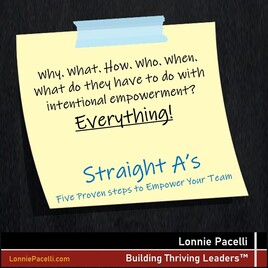 Risks. Assumptions. Issues. Dependencies. Four concepts that almost every project manager has dealt with in one form or another. When managed effectively, they significantly reduce execution friction and better secure scope, schedule and budget success. When not managed effectively, it’s like riding a bike with the brakes engaged—you may ultimately get to where you want to be, but it takes a lot more effort to get there. Key to managing risks, assumptions, issues and dependencies (RAID) effectively is not just understanding each concept—it’s truly internalizing how the concepts interrelate. Understanding the interrelationships better positions the PM to not just manage each individual RAID component, but also to proactively address problems and avert scope, schedule or budget impacts. To that end, my focus is to not just explain each of the RAID components, but to demonstrate the connection points between them. In my view, which I call the RAID 101 Model, the relationships look as follows: Read more at ProjectManagement.com
0 Comments
 When a PM muddies the water with statements like “everything is critical” to those who truly understand how a project’s critical path works, the PM causes others to question both the PM’s schedule and—more importantly—the PM’s credibility. Understanding the mechanics of critical path is a crucial hard skill that PMs need to master early in their careers. Before we go further, I’d like to define some basics that affect a project’s critical path... Read more at ProjectManagement.com  As project managers, we’ve likely been faced with getting a one-line explanation of what a sponsor needs—along with a deadline. Depending on the organization, there could be a range of responses—from doing a back-of-the-envelope calculation, getting people in a room to estimate the work, or using a comparative initiative to assess feasibility. Now, I’m not here to criticize your organization’s approach, but I have found that having something that enables the PM to rough-cut an initiative using some standards can be helpful in providing a lens on whether a date is even remotely achievable. This is where the work-back timebox model comes in. Read more at ProjectManagement.com.
|
Topics
All
Reprints
Contact Lonnie about article reprints. Please specify article you wish to reprint. Backlist
See Lonnie's Amazon Author Page Archives
July 2024
|
Lonnie Pacelli - Building Thriving Leaders™
Insightful | Creative | Direct Advice to Help Leaders Help Themselves
Keynote Speaker | Board Director | Autism Advocate | Author | Project Management Expert | Microsoft/Accenture Veteran
See his books on Amazon
Insightful | Creative | Direct Advice to Help Leaders Help Themselves
Keynote Speaker | Board Director | Autism Advocate | Author | Project Management Expert | Microsoft/Accenture Veteran
See his books on Amazon
Services |
About
|
© COPYRIGHT 2019. ALL RIGHTS RESERVED.
We are a participant in the Amazon Services LLC Associates Program, an affiliate advertising program designed to provide a means for us to earn fees by linking to Amazon.com and affiliated sites.
|


 RSS Feed
RSS Feed